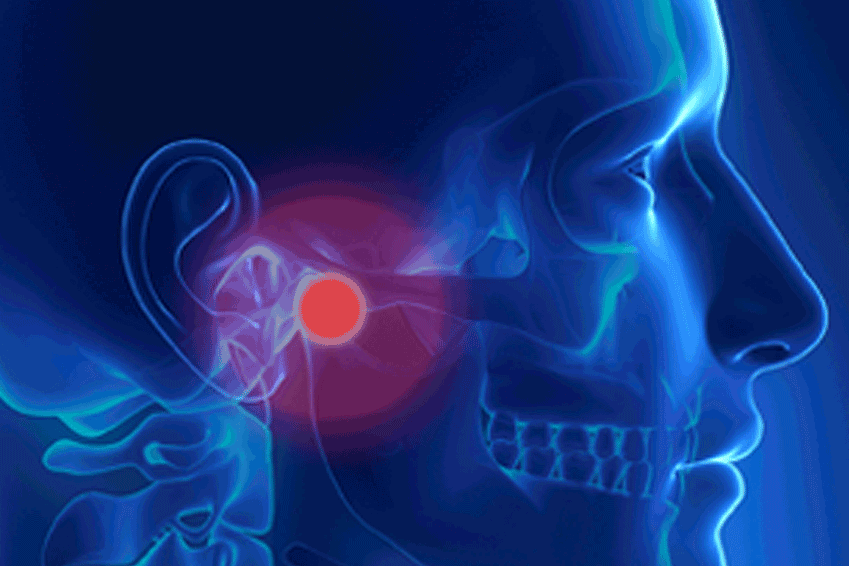
Left untreated, craniofacial pain can intrude upon every aspect of your life. Yet, craniofacial pain can be dramatically improved when the causes are discovered and removed.
How common is craniofacial pain?
In 2011, the American Academy of Pain Medicine reported that 100 million people were surveyed to have chronic pain conditions. The most common are headaches. A 2002 survey known as the American Productivity Audit revealed that headaches alone produced an average of 3.5 hours per week of lost productive time in the workplace.
What is the relationship between craniofacial pain, airway issues and sleep?
Poor sleep and pain are definitely related. Poor sleep quality and SDB alter immune system responses, increase inflammation, and circulating inflammatory markers.
Is there a connection between clenching and grinding and sleep/airway issues?
Studies have shown that a grinding/clenching event precede apnea events. Many dentists treating TMJ and sleep issues have found that most patients present with both.
Which practitioners may be part of a multidisciplinary approach to craniofacial pain?
If one wishes to seek treatments other than pain medications, then a multidisciplinary approach may serve best. Craniofacial pain issues could have factors involving physicians (ENT, allergy, endocrine, orthopedic, etc.), dentists (TMJ, sleep, orthodontic, restorative), physical therapists, occupational therapists and others.
